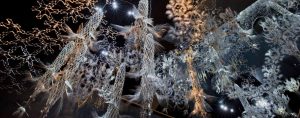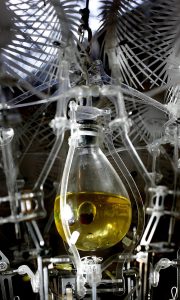function setup() {
createCanvas(600,600);
background(122,231,199);
}
function draw() {
fill(207,152,147);//hair
noStroke();
ellipse(300,160,100);
ellipse(300,290,250,250);
fill(248,229,238);//face + neck
noStroke();
rect(275,435,50,60);
ellipse(300, 300,240,250);
fill(255,107,107);//glasses
rect(330,270,60,50,10,10,10,10);
rect(220,270,60,50,10,10,10,10);
rect(170,290,260,10);
fill(248,229,238);
rect(334,274,52,42,10,10,10,10);
rect(224,274,52,42,10,10,10,10);
fill(39,45,51);//eyeballs
ellipse(360,300,25);
ellipse(250,300,25);
rect(270,370,60,5);//mouth
fill(255,107,107);//tongue
rect(290,375,20,30);
ellipse(300,402,20);
fill(39,45,51);
rect(298,375,5,22);
fill(78,205,196);//nose
triangle(300,340,305,300,310,340);
fill(207,152,147);//eyebrows
rect(328,250,60,10);
rect(218,250,60,10);
fill(254,254,254);//glasses shine
triangle(375,270,380,255,385,270);
triangle(375,270,380,285,385,270);
fill(58,190,255);//shirt
noStroke();
rect(245,505,110,10);
rect(235,520,130,10);
rect(225,535,150,10);
rect(215,550,170,10);
rect(205,565,190,10);
rect(195,580,210,10);
rect(185,595,230,10);
}
This project ended up taking a lot longer than I thought it would, primarily because I had to think in coordinates and simple shapes, rather than just drawing like I’m used to. I enjoyed it though, and I’m pretty pleased with the product. It forced me to draw in a simple, yet crisp, style that I’d never bothered to try. I might use this piece as an icon in the future.
![[OLD FALL 2017] 15-104 • Introduction to Computing for Creative Practice](../../../../wp-content/uploads/2020/08/stop-banner.png)

